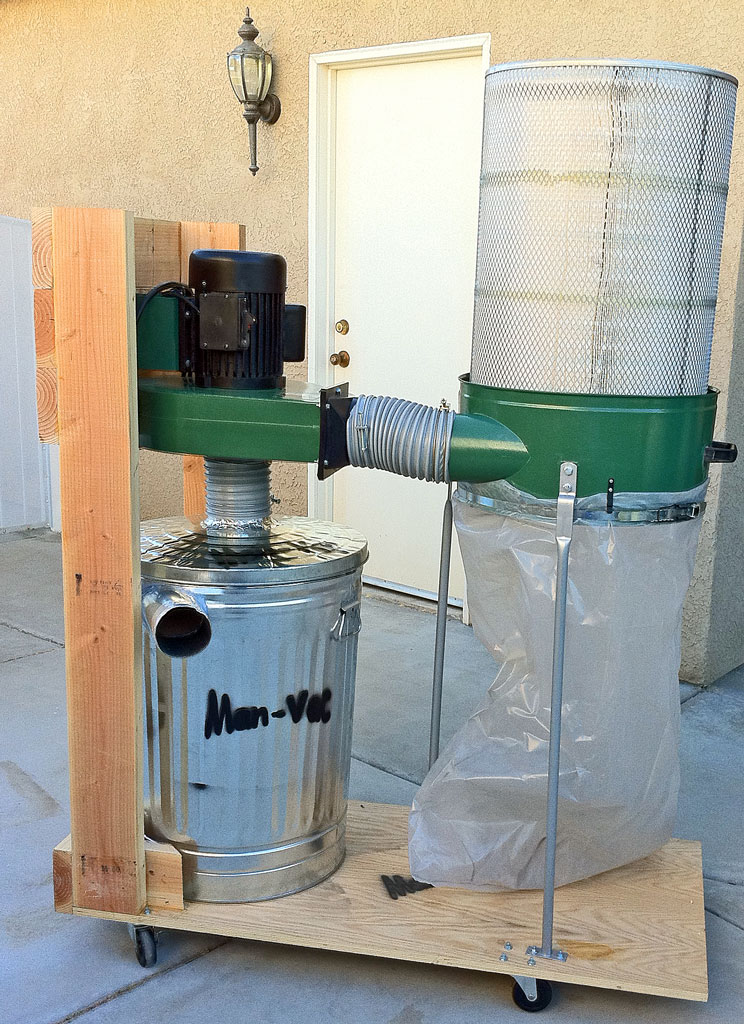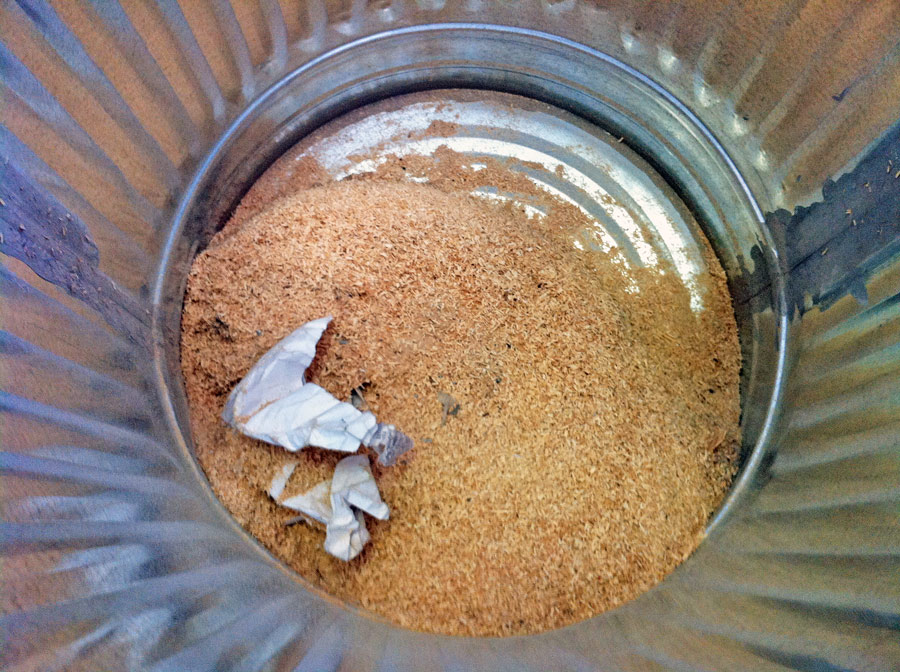Dave_M
Member
I always wanted to get around to doing this project. I wanted a chip separator and better air filtration for my HF Dust Collector. I made my version of a Thien baffle separator and ordered the Wynn nanofiber filter kit. I little more work than anticipated but well worth it.








